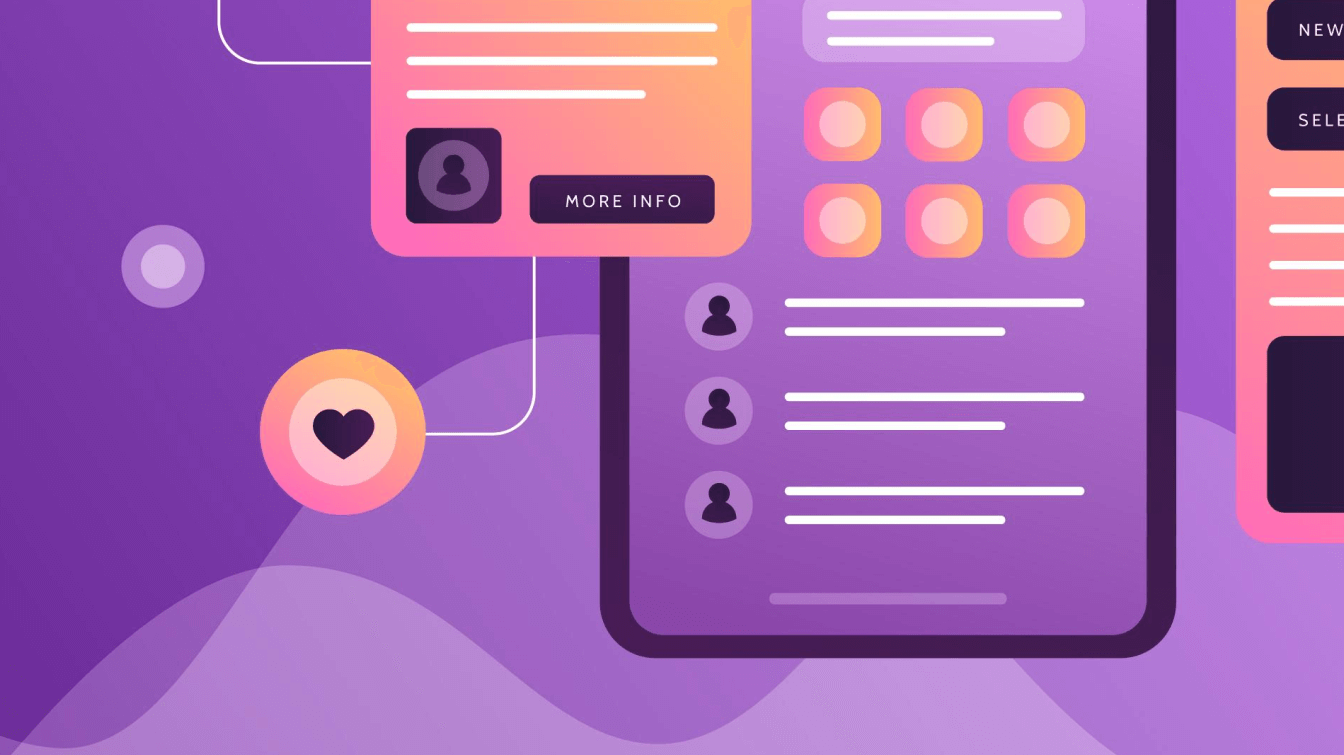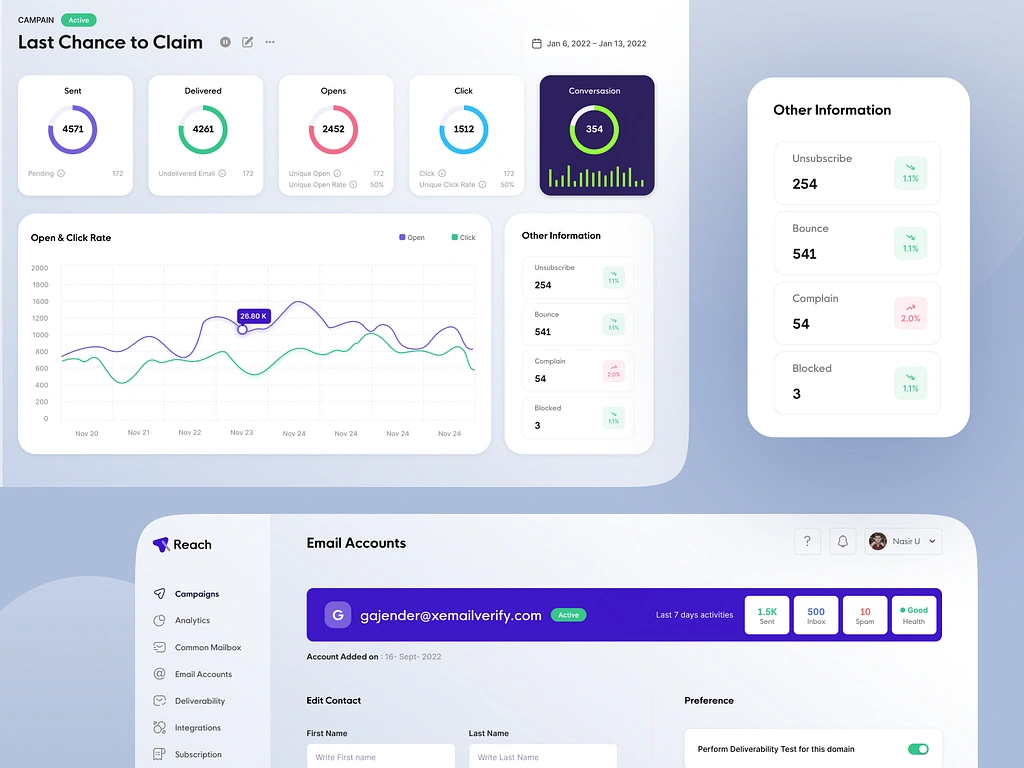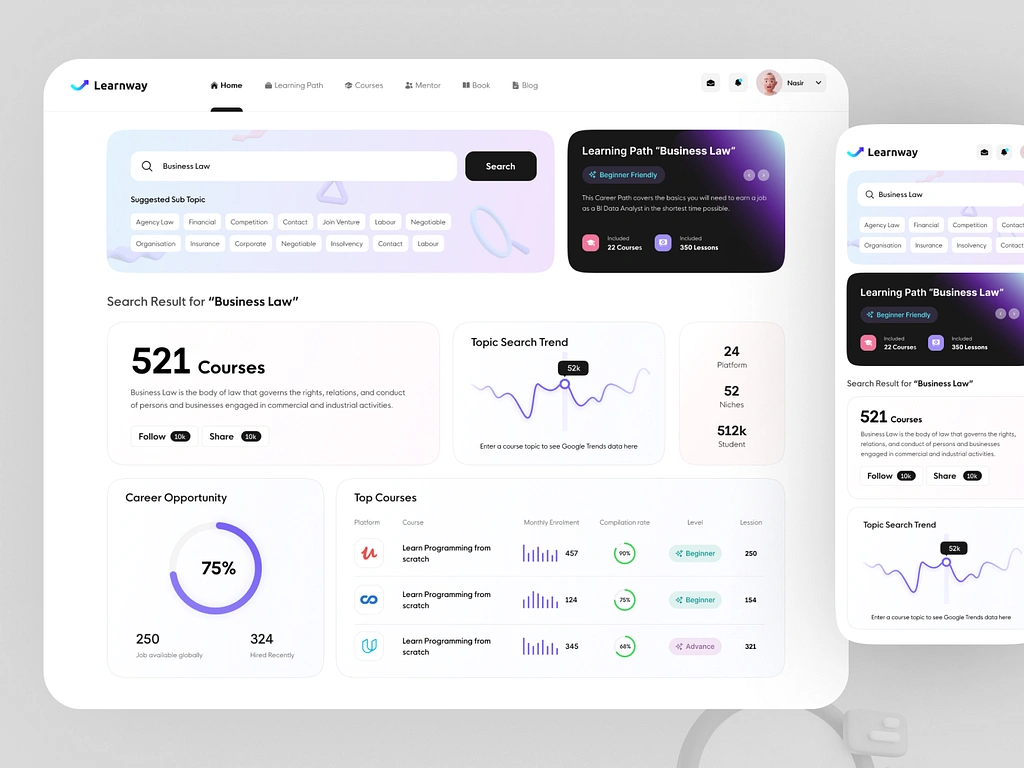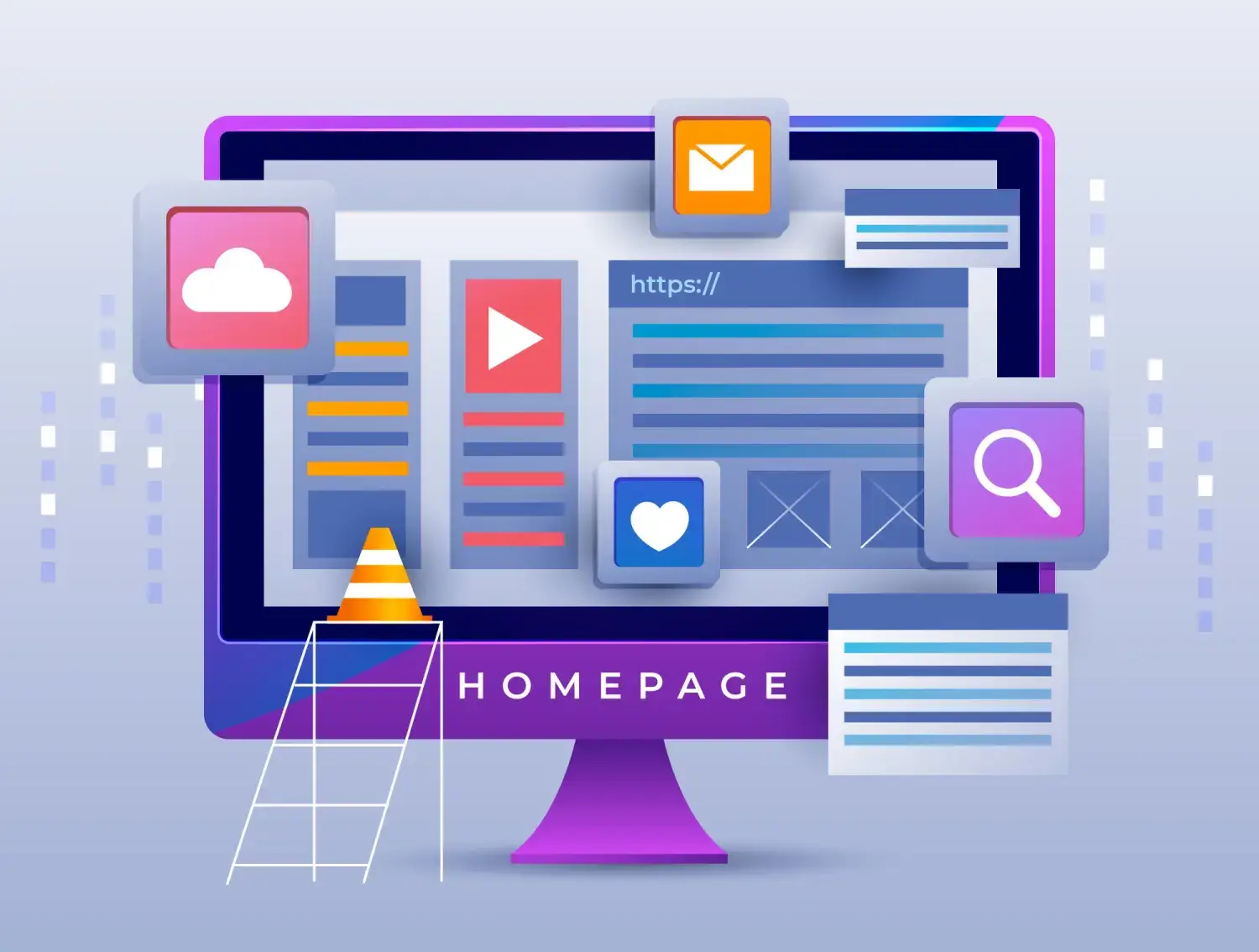When we set out to design a product, it often begins as an unpolished spark—an idea swirling in the ether of possibility. We’ve all had those moments: “What if we could create something that makes this process easier?” Or, “How can we solve this problem in a way no one has before?” The journey from that initial thought to a tangible product—something real, impactful, and beautifully functional—is nothing short of artistry.
In today’s world, where innovation races ahead, product design stands at the intersection of imagination and execution. It’s not just about aesthetics; it’s about purpose, usability, and experience. This is the art we’ll explore together: how ideas take shape, find their footing, and finally transform into something extraordinary. Let’s dive into what makes this journey so exhilarating—and, yes, sometimes downright challenging.
Understanding Product Design
At its core, product design is the process of turning ideas into usable, practical solutions. Whether it’s a sleek mobile app or an everyday tool like a water bottle, product design encompasses every step: ideation, execution, iteration, and refinement. Think of it as the bridge between abstract concepts and real-world utility.
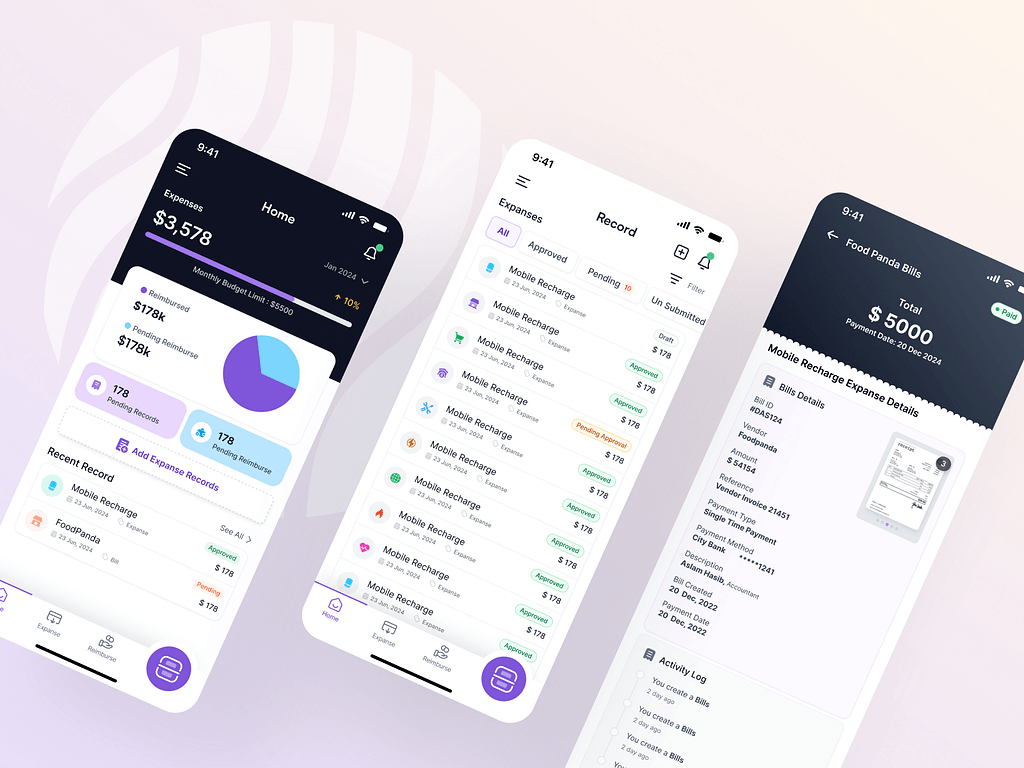
Source: Nasir Uddin
Take, for example, a digital product like the first iPhone. It wasn’t just about creating a phone; it was about rethinking what communication, connection, and convenience could look like. On the other hand, consider a simple product like a reusable coffee cup—it embodies environmental consciousness and user convenience, all wrapped into one.
Types of Product Design
Product design comes in many flavors, and each one requires its unique touch:
Service Design: Intangible systems like customer journeys and operational workflows.
Industrial Design: Physical products like furniture, gadgets, or wearables.
UX/UI Design: Digital interfaces for apps and websites.
The Role of Designers
We, as designers, are storytellers and problem-solvers. Our job isn’t just to make things look pretty—it’s to craft solutions that align user needs with business goals. Collaboration is key, too. From brainstorming with developers to aligning with stakeholders, product design thrives in a team setting.
The Product Design Process
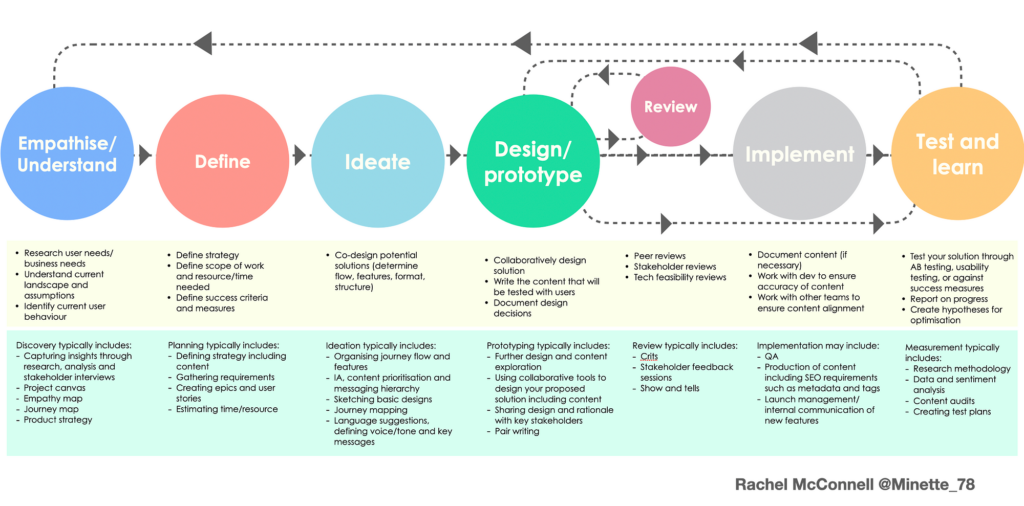
Source: UX Collective
A. Ideation Phase
Research and Discovery
Every great product starts with understanding. Who are we designing for? What challenges do they face? This phase involves diving into the problem space, analyzing competitors, and gathering user insights through interviews or surveys. We spend time immersing ourselves in the lives of our target users, asking questions like, “What frustrates you about this process?” and “What would make this experience delightful?”
Defining the Vision
Once we’ve unearthed the pain points, it’s time to articulate the vision. What is this product aiming to achieve? Crafting a product roadmap and aligning all stakeholders ensures that we’re steering the ship in the right direction. A clear vision becomes the guiding star, keeping us focused and motivated even when challenges arise.
B. Concept Development
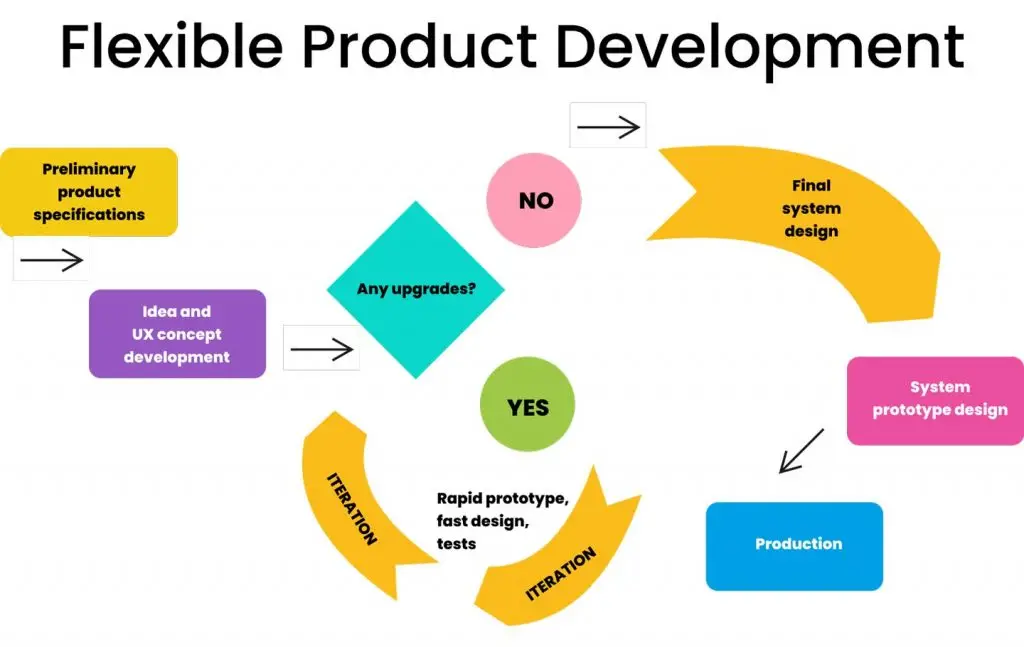
Source: sloboda-studio
Sketching and Wireframing
Ideas begin to take shape on paper or screen. Whether it’s quick sketches or detailed wireframes, this step allows us to explore possibilities without overcommitting to a single direction. We experiment with layouts, flows, and structures, imagining how users will interact with our design. This is where creativity thrives—in the freedom to iterate without fear.
Prototyping
Prototypes bring our concepts to life. Starting with low-fidelity versions, we test usability and iterate toward high-fidelity models. Tools like Figma or Adobe XD are invaluable for this stage. Prototyping helps us identify potential pitfalls early, saving time and resources in the long run.
C. Validation and Testing
User Testing
Real users provide invaluable feedback. Watching someone interact with a prototype can reveal gaps we never anticipated. Are users confused by a particular feature? Does the design align with their expectations? These insights guide our iterations.
Usability Testing
Beyond user testing, we ensure the product is intuitive and accessible for all. This step refines the details that make the user experience seamless. It’s where we ask ourselves tough questions: “Is this really the simplest way to achieve this?” and “Are we considering diverse user needs?”
D. Execution and Development
Design Handoff
Collaboration with developers ensures designs are faithfully implemented. Clear documentation and a shared design system make this process smoother. We emphasize communication, ensuring that our vision translates seamlessly into code.
Iterative Collaboration
Building a product isn’t a one-and-done affair. We work closely with developers to resolve challenges and refine features. It’s a dance of give-and-take, where both sides contribute to creating something extraordinary.
Principles of Great Product Design

Srouce: linkupst
User-Centric Approach
At the heart of every great product is empathy. We prioritize understanding the user’s needs, pain points, and motivations. By stepping into their shoes, we design solutions that truly resonate.
Simplicity and Clarity
Less is often more. Designs that are simple yet powerful resonate most with users. Simplicity isn’t about stripping features but about presenting them in an accessible, intuitive way.
Functionality Over Form
While beauty matters, it’s the functionality that keeps users coming back. A visually stunning product is meaningless if it doesn’t work as intended.
Scalability and Flexibility
Good design anticipates growth. We design systems that evolve seamlessly as user needs expand. Whether it’s adding new features or adapting to a larger audience, scalability ensures longevity.
Consistency
A unified design system ensures every interaction feels part of a cohesive whole. Consistency builds trust and familiarity, enhancing the user experience.
Emotional Design
Products that delight—whether through micro-interactions or intuitive flows—create lasting impressions. Emotional connections transform users into loyal advocates.
The Future of Product Design
As we look ahead, AI and automation promise to revolutionize how we design. Imagine tools that generate prototypes based on verbal descriptions or algorithms that predict user behavior. Sustainability will also play a bigger role—designing products that are eco-friendly and ethical. Finally, collaboration across disciplines will become essential, blending expertise from design, engineering, and beyond.
AI-driven design tools are already making waves, enabling faster iterations and deeper insights. But as much as technology evolves, the human touch will always be irreplaceable. It’s our ability to empathize, imagine, and connect that makes product design an art.
The art of product design is a journey—one that demands creativity, empathy, and resilience. Transforming ideas into reality isn’t just about solving problems; it’s about crafting experiences that inspire and endure. Let’s keep pushing boundaries together, one design at a time.
Every product starts as a dream. With passion, collaboration, and a commitment to excellence, we bring those dreams to life. Whether you’re just starting or refining your next big idea, remember: the possibilities are endless. Let’s create something extraordinary.
Ready to Bring Your Idea to Life?
At Nurency Digital, we specialize in transforming ideas into beautifully crafted, user-centric products. Whether it’s a sleek SaaS platform, an engaging mobile app, or a scalable website, we’re here to help you every step of the way. Let’s collaborate and turn your vision into reality.
Contact us today to discuss your project and discover how we can bring our expertise to your product design journey!


